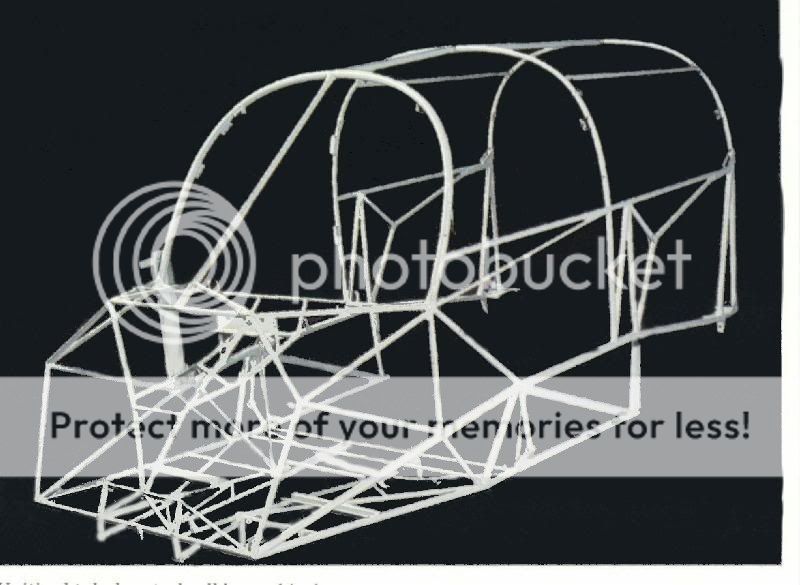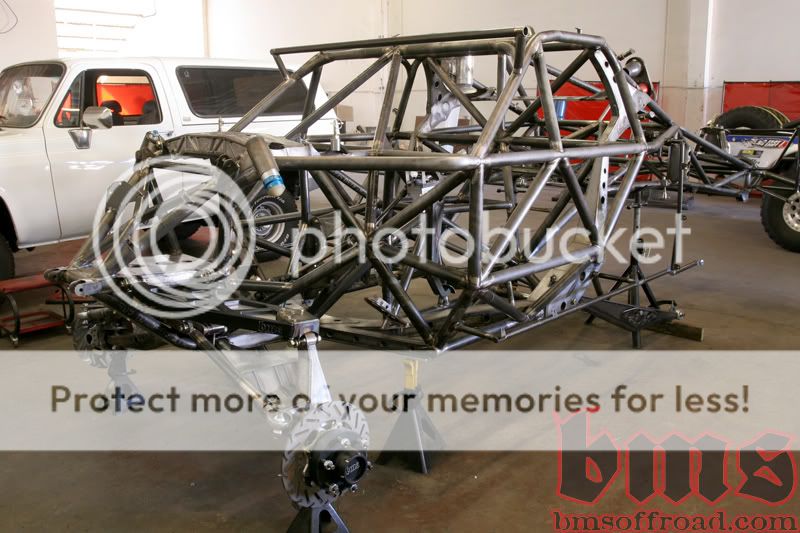Jimmy cooper
En-Route
Use an old mattress.
Empty cardboard boxes were proven to be the safest a couple of years ago!
http://youtu.be/dRB-woVjlFY
That is certainly the advertising claim. From the pix I've seen (like http://i936.photobucket.com/albums/ad208/TheoFly/mooney-roll-cage.jpg) it's small diameter tubing with minimal triangulation. I wouldn't count on it for much...

Moonies have a tubular steel cage around the cabin. Very strong as are the wing spars. Has saved folks that would have died. Mooney has never had a in flight break up.
You really should what you are talking about before you spout off.
You may want to read up on what Cirrus and Flight Design are up to...

Mooney has never had a in flight break up.
shock absorbing crush seats.
Metals will burn if you get a hot enough fire.
Sure, not as easily as magnesium but in crumpled sheet form or shredded strips it will. Regardless, just look at the fire damage in a typical airplane crash. Usually the aluminum around the tanks is gone. Not just melted, but burned up gone.
Horsefeathers. The 20 mil skin around the tanks makes a puddle about the size of a pingpong ball per square foot. You wouldn't even miss it when you towed the plane away, something that small and nondescript. Aluminum sheet/strip will NOT burn in air, no matter how hot you get the igniter.
Jim


Apparently you missed one or two high school science labs.
In the atmosphere, 21% o2 ,Al does not burn it melts.

Apparently you missed one or two high school science labs.

Aluminium
Aluminium will burn in oxygen if it is powdered, otherwise the strong oxide layer on the aluminium tends to inhibit the reaction. If you sprinkle aluminium powder into a Bunsen flame, you get white sparkles. White aluminium oxide is formed.


In the atmosphere, 21% o2 ,Al does not burn it melts. Im going th bet that Al when it does burn is an endothermic reaction. Magnesium is a different story.
Hmm. Me too than. Show us.
Yeah, that.
Now if your high school lab added some oxidizer, then, sure, that's what we've been saying. And if the high school lab is using a crucible of liquid oxygen then, again, show us.

Yes, but when I wander down the aisles of the local aircraft parts emporium saying, "Brains!", people tend to run.Since nobody else has said it, the best material to prevent injuries in an airplane is:
Yes, but when I wander down the aisles of the local aircraft parts emporium saying, "Brains!", people tend to run.
Ron Wanttaja
Won't be exothermic, no, but sure I'd be happy to show you. Heck, I'll burn you some steel wool too.
That statement surprised me because titanium is so expensive and hard to work. So I checked. According to this Panthera brochure (http://www.pipistrel.si/en/file/download/249_1089b048b68b/panthera_brochure.pdf) the cage is composite. "The cockpit was never safer - next generation 26G composite energy-absorbing safety cage." There are apparently some landing gear bits that are titanium. I also found a newer brochure, but it does not explicitly state the material used for the cage.The soon to be certified Pipistrel Panthera has a titanium crush cage rated to 23g's ...
That statement surprised me because titanium is so expensive and hard to work. So I checked. According to this Panthera brochure (http://www.pipistrel.si/en/file/download/249_1089b048b68b/panthera_brochure.pdf) the cage is composite. "The cockpit was never safer - next generation 26G composite energy-absorbing safety cage." There are apparently some landing gear bits that are titanium. I also found a newer brochure, but it does not explicitly state the material used for the cage.
Not a big deal. I was just curious and am sitting around tending some ribs in the smoker so I had time to look.
YES Steel wool will burn , YES finely ground aluminum will burn.
In the context of the discussion what airplane is constructed of powdered aluminum or steel wool and flies in an O2 rich environment??
Moonies have a tubular steel cage around the cabin.
http://i936.photobucket.com/albums/ad208/TheoFly/mooney-roll-cage.jpg it's small diameter tubing with minimal triangulation. I wouldn't count on it for much.



Two thoughts on this metal fire business:

2) What burns in a brake fire? My guess is the combination of excessive heat and magnesium
Mooney is the entire metal aircraft industry?
Who is talking about breaking up in mid air? Or on the ground? Its about surviving the crash on the ground.
You may want to read up on what Cirrus and Flight Design are up to before 'mouthing off' you don't have a clue what you are talking about or how to articulate it.
Mooney is the entire metal aircraft industry?
Who is talking about breaking up in mid air? Or on the ground? Its about surviving the crash on the ground.
You may want to read up on what Cirrus and Flight Design are up to before 'mouthing off' you don't have a clue what you are talking about or how to articulate it.
